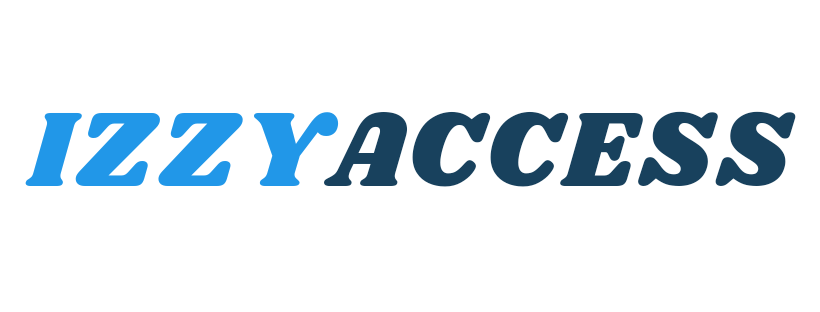How to Build an Emergency Fund in 2025: A Step-by-Step Guide for Beginners
Outline1. Introduction
-
Why having an emergency fund is crucial.
-
What readers will learn from the article.
2. What is an Emergency Fund?
-
Definition and purpose of an emergency fund.
3. Why You Need an Emergency Fund
-
Real-life examples of emergencies.
-
Benefits of having a financial safety net.
4. How Much Should You Save?
-
The 3–6 months rule.
-
Factors to consider when determining your target amount.
5. Step-by-Step Guide to Building an
Emergency Fund
-
Step 1: Set a savings goal.
-
Step 2: Open a dedicated savings account.
-
Step 3: Automate your savings.
-
Step 4: Cut expenses and increase income.
-
Step 5: Track your progress.
6. Where to Keep Your Emergency Fund
-
High-yield savings accounts.
-
Money market accounts.
-
Why you shouldn’t invest your emergency fund.
7. Tips for Staying Motivated
-
Celebrate small milestones.
-
Visualize the security of having an emergency fund.
8. Common Mistakes to Avoid
-
Using the fund for non-emergencies.
-
Not replenishing the fund after use.
9. Conclusion
-
Recap the importance of an emergency fund.
-
Encourage readers to start building theirs today.
10. Call-to-Action
-
Invite readers to share their emergency fund goals or questions.
Full
Article
Introduction
Life is full of surprises, and not all of
them are pleasant. Whether it’s a sudden job loss, a medical emergency, or an
unexpected car repair, having an emergency fund can be a lifesaver. An
emergency fund is a financial safety net that gives you peace of mind and
protects you from going into debt when life throws you a curveball. In this
article, we’ll walk you through how to build an emergency fund in 2025, even if
you’re starting from scratch. Let’s get started!
What is an Emergency Fund?
An emergency fund is a stash of money set
aside to cover unexpected expenses or financial emergencies. It’s not for
vacations, shopping sprees, or other non-essential expenses—it’s strictly for
emergencies.
Examples of Emergencies:
- Medical bills.
- Car repairs.
- Home repairs.
- Job loss.
Why You Need an Emergency Fund
Here’s why having an emergency fund is
non-negotiable:
1. Avoid Debt:
-
Without an emergency fund, you might rely on credit cards or loans to cover
unexpected expenses, leading to debt.
2. Peace of Mind:
-
Knowing you have a financial cushion reduces stress during tough times.
3. Financial Independence:
-
You won’t need to borrow money from friends or family.
Real-Life Example: Imagine your car breaks
down, and the repair costs $1,000. Without an emergency fund, you might have to
put it on a credit card with a 20% interest rate. With an emergency fund, you
can pay for it outright and avoid debt.
How Much Should You Save?
The general rule of thumb is to save 3–6
months’ worth of living expenses. However, your target amount depends on your
situation:
1. Single Income Household: Aim for 6
months of expenses.
2. Dual Income Household: 3–4 months may be
sufficient.
3. Freelancers or Gig Workers: Consider
saving 6–12 months due to irregular income.
Tip: Start small. Even $500 can cover minor
emergencies.
Step-by-Step Guide to Building an Emergency Fund
Here’s how to build your emergency fund in
2025:
1. Set a Savings Goal:
-
Calculate your monthly expenses and multiply by 3–6.
-
Example: If your monthly expenses are $2,000, aim for $6,000–$12,000.
2. Open a Dedicated Savings Account:
-
Choose a high-yield savings account to earn interest on your money.
-
Keep it separate from your checking account to avoid temptation.
3. Automate Your Savings:
-
Set up automatic transfers from your paycheck to your emergency fund.
-
Even $50–$100 per paycheck adds up over time.
4. Cut Expenses and Increase Income:
-
Cancel unused subscriptions.
-
Cook at home instead of dining out.
-
Take on a side hustle or sell unused items.
5. Track Your Progress:
-
Use a spreadsheet or app to monitor your savings.
-
Celebrate milestones (e.g., saving your first $1,000).
Where to Keep Your Emergency Fund
Your emergency fund should be easily
accessible but not too easy to spend. Here are the best options:
1. High-Yield Savings Account:
-
Earn interest while keeping your money liquid.
-
Examples: Ally Bank, Marcus by Goldman Sachs.
2. Money Market Account:
-
Offers slightly higher interest rates than savings accounts.
-
Examples: Discover Bank, Capital One.
3. Why Not Invest It?
-
Investments can lose value, and you might need the money quickly during an
emergency.
Tips for Staying Motivated
Building an emergency fund takes time, but
these tips can help you stay on track:
1. Celebrate Small Wins:
-
Reward yourself when you hit milestones (e.g., $500 saved).
2. Visualize the Benefits:
-
Imagine how secure you’ll feel knowing you’re prepared for emergencies.
3. Make It a Game:
-
Challenge yourself to save a certain amount by a specific date.
Common Mistakes to Avoid
1. Using the Fund for Non-Emergencies:
-
Avoid dipping into your emergency fund for vacations or shopping.
2. Not Replenishing the Fund:
-
If you use the fund, make it a priority to rebuild it.
3. Keeping It in a Checking Account:
-
You’ll miss out on interest and may be tempted to spend it.
Conclusion
An emergency fund is one of the most
important steps you can take toward financial security. It’s not about how much
you start with—it’s about starting. By following this step-by-step guide, you
can build an emergency fund in 2025 and protect yourself from life’s unexpected
challenges. Remember, the best time to start is now. Your future self will
thank you!
Your Opinion Matters
What’s your emergency fund goal? Share it in the comments below, and let’s cheer each other on! Don’t forget to share this article with anyone who could use a little financial peace of mind. 😊


0 Comments
Leave a reply